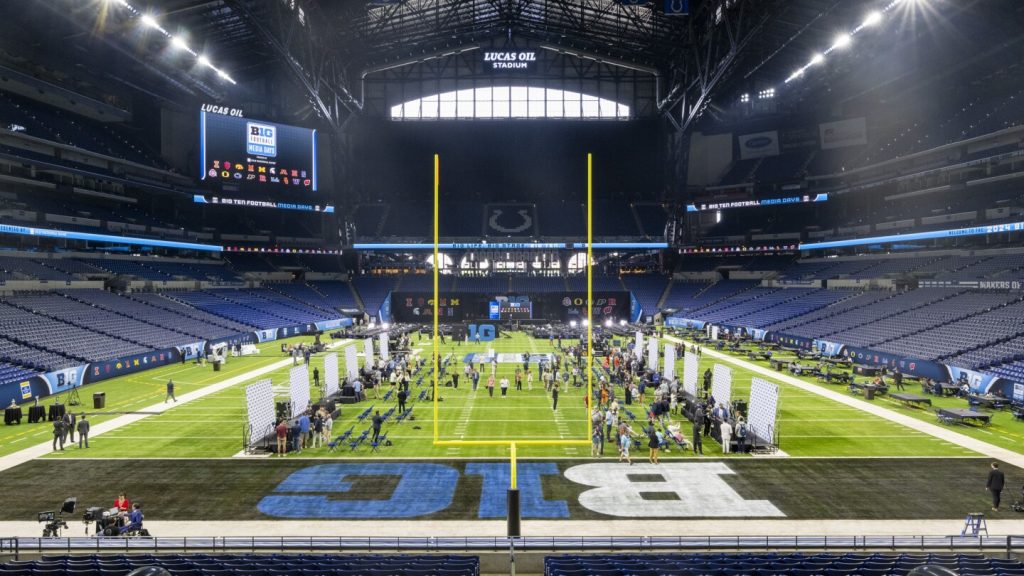Former college athletes are set to receive payments ranging from a few dollars to over a million dollars as part of a $2.78 billion antitrust settlement reached by the NCAA and five power conferences. This agreement also allows schools to directly compensate athletes and regulate payments from boosters. The plan, filed in federal court in California, outlines guidelines for roster caps, monitoring and enforcing financial payments, regulating third-party payments, and distributing damages over the next 10 years.
The payouts will vary based on factors such as the sport played, when, how long, and the conference an athlete competed in. While all Division I athletes are eligible for compensation, it is expected that football and basketball players from power conferences will receive the majority of damages due to the revenue generated by these sports. The settlement covers three antitrust cases challenging NCAA compensation rules dating back to 2016, specifically regarding the use of athletes’ names, images, and likenesses.
The agreement does not address whether college athletes should be deemed employees, but it includes provisions for potential changes if collective bargaining becomes possible. College sports leaders are urging Congress to pass federal legislation that would allow the NCAA and conferences to self-govern without the threat of future antitrust litigation. The hope is that the settlement, while not a comprehensive solution, can provide some stability for schools and address legal challenges to the amateurism model.
The NCAA and conferences have agreed to amend their rules to allow schools to share athletic revenues with athletes, with projections of athletes receiving $1.5 billion to $2 billion annually starting in 2025. Schools will have the flexibility to decide how to distribute the funds among sports, though specifics regarding Title IX gender equity rules are still unclear. Additionally, scholarship limits will be replaced with roster caps, potentially increasing athletic scholarship opportunities in Division I.
NCAA rules have been adjusted to allow schools to be more involved in providing opportunities for athletes to earn money through name, image, and likeness (NIL) deals. Athletes must report deals exceeding $600 with third parties, and a public database will be created to help assess fair market value. Violations could lead to eligibility penalties for athletes and sanctions for schools. The plaintiffs in the House case will handle distributing damages, with former athletes able to determine their eligibility for payments through a public website to be launched in the coming months.
The settlement is still awaiting final approval and allows athletes to object or request exclusion from the agreement. While progress has been made in providing college athletes with the compensation they deserve, the need for further action and accountability from school leaders, conferences, and the NCAA is emphasized. The hope is that this settlement will mark a significant change in college sports and provide athletes with the financial benefits and recognition they have long been denied.


